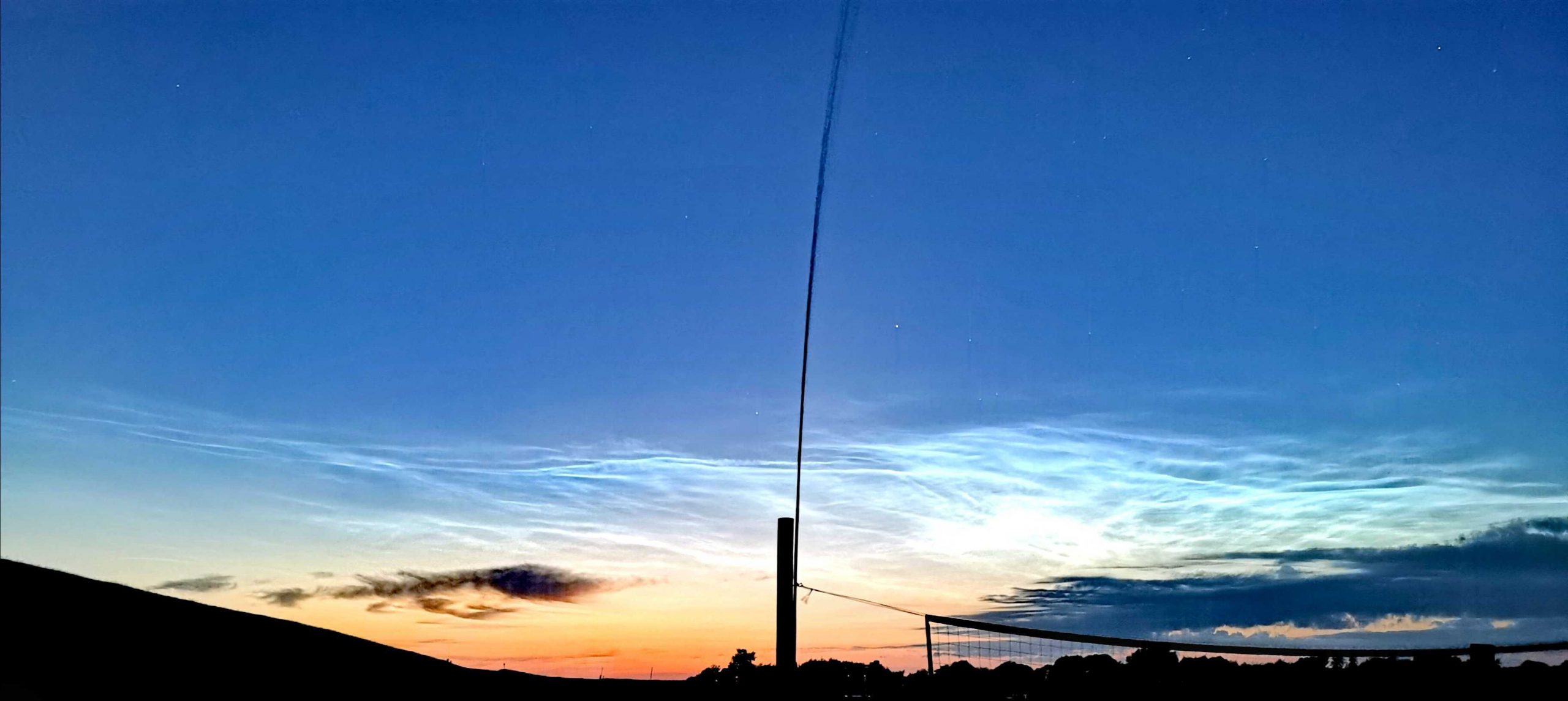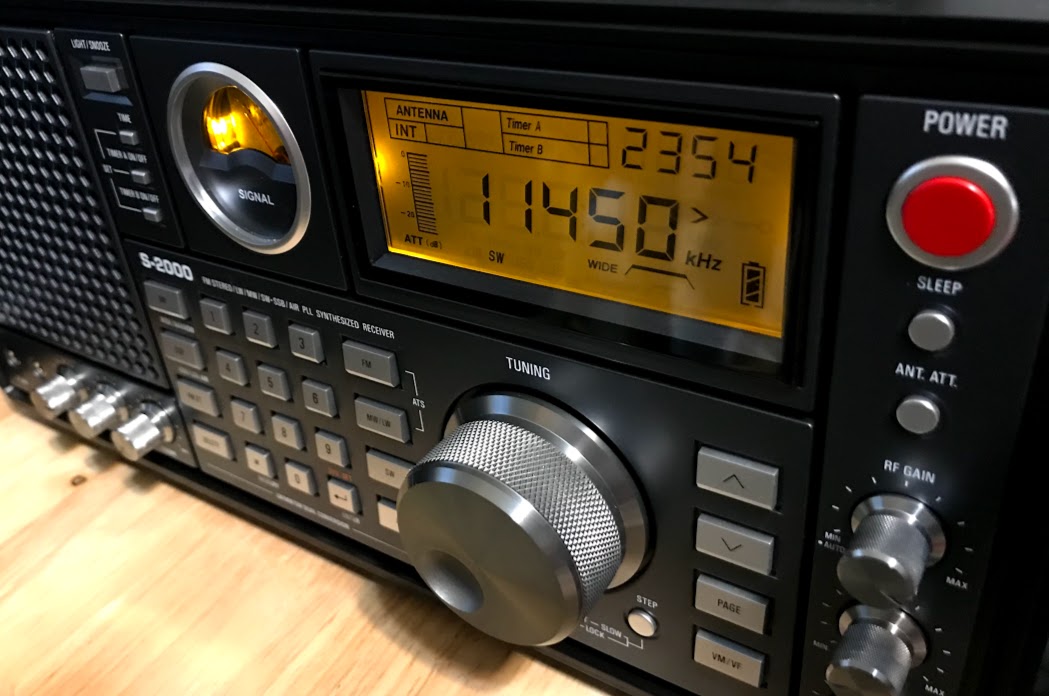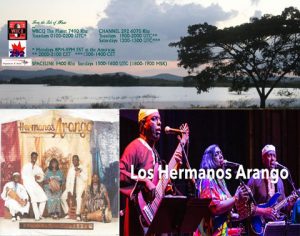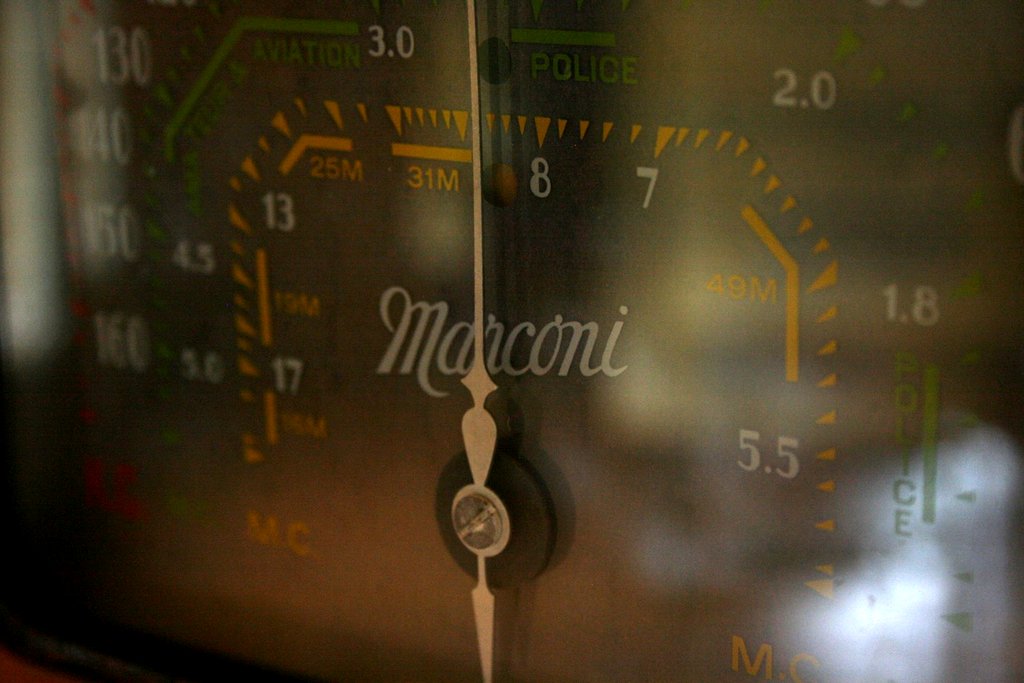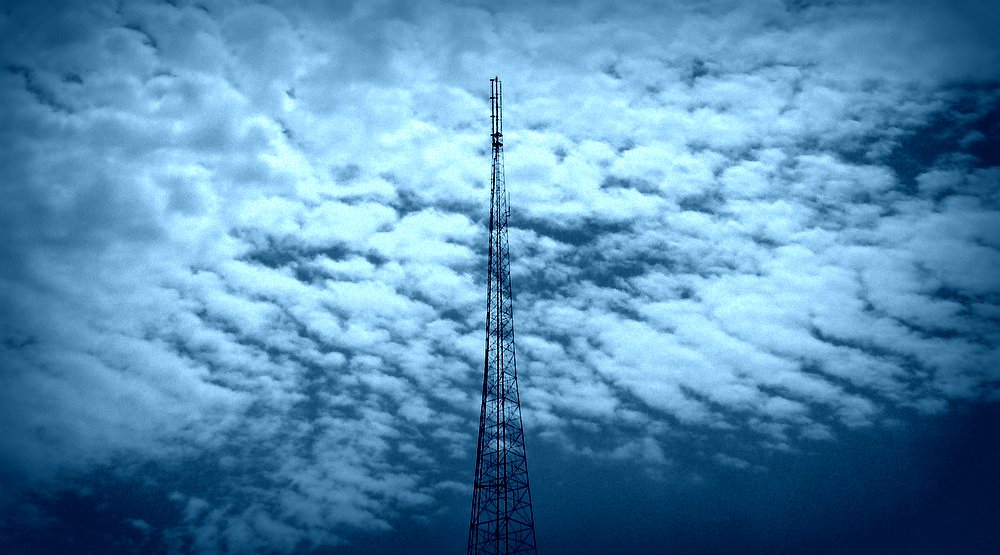
Radio Waves: Stories Making Waves in the World of Radio
Because I keep my ear to the waves, as well as receive many tips from others who do the same, I find myself privy to radio-related stories that might interest SWLing Post readers. To that end: Welcome to the SWLing Post’s Radio Waves, a collection of links to interesting stories making waves in the world of radio. Enjoy!
Radio facsimile technology never fully caught on, but what if it had?
In the beginning, there were newspapers.
And then radio arrived, challenging the newspapers’ journalistic monopoly.
At first, many newspapers fought the new competitor, refusing to print radio news or program schedules. But some went in the opposite direction, deciding to operate their own radio stations to augment their businesses. And finally, a few brave pioneering publications went even farther: They tried to deliver their newspapers via radio facsimile.
In the early 1930s, radio facsimile looked like the dream application for newspapers. They could use their own local radio stations to deliver newspapers directly to consumers during overnight hours. It would eliminate the cost of printing and distribution and shift those costs onto consumers, who would provide their own printers and paper.
This led several radio stations and newspapers to experiment with facsimile transmission during the late 1930s.
THE FINCH SYSTEM
The person most responsible for this technology was William G. H. Finch. He worked for the International News Service and set up their first teletype circuits between New York, Chicago and Havana. He became interested in facsimile machines and eventually amassed hundreds of patents. [Continue reading the full article…]
Why Chicago Public Media and the Chicago Sun-Times are exploring a merger
The Chicago Sun-Times needs help. After being bought and sold several times over the last decade, the 73-year-old paper is looking for a more stable home to continue its award-winning reporting — and it may have finally found it in an unexpected place: a radio station.
Chicago Public Media, which owns the radio station WBEZ, is currently in talks with the Sun-Times to merge. A final deal would combine their newsrooms and audiences in hopes of creating a financially stable enterprise for both teams. Similar mergers and acquisitions have become a common way to bolster the struggling print industry, but if radio were to take on a major newspaper, that would be a first.
“Audio is a growth business,” says Jim Friedlich, chief executive of The Lenfest Institute for Journalism, who advised CPM on the potential merger. “Now Chicago Public Media and other media with audio roots have both the wherewithal and the self-confidence to take a bold step like this.”
Since 2004, US newspapers have shut down at a rate of 100 per year, a pace that’s only accelerated since the start of the pandemic. To stay afloat, some smaller newsrooms have given up independence, being bought by news conglomerates or becoming joint entities with other local outlets — and public radio and TV stations have increasingly offered themselves up as partners. New York Public Radio acquiring the website Gothamist was one of nine similar deals in recent years, triggering researchers to document the trend by creating the Public Media Mergers Project. Public radio has been a particularly strong force, holding its ground amid digitization and the podcasting craze (partially because it’s participated in it), and it might be strong enough to help print do the same thing. [Continue reading…]
In the 125 years since Marconi made his first radio transmissions, the spectrum has been divvied up into ranges and bands, most of which are reserved for governments and large telecom companies. Amidst all of the corporate greed, the ‘little guys managed to carve out their own small corner of the spectrum, with the help of organizations like the American Radio Relay League (ARRL).
Since 1914, the ARRL has represented the interests of us amateur radio enthusiasts and helped to protect the bands set aside for amateur use. To actually take advantage of the wonderful opportunity to transmit on these bands, you need a license, issued by the FCC. The licenses really aren’t hard to get, and you should get one, but what if you don’t feel like taking a test? Or if you’re just too impatient?
Well, fear not because there’s some space on the radio spectrum for you, too.
Welcome to the wonderful world of (legal!) unlicensed radio experimentation, where anything goes. Okay, not anything but the possibilities are wide open. There are a few experimental radio bands, known as LowFER, MedFER, and HiFER where anyone is welcome to play around. And of the three, LowFER seems the most promising.
LowFER, as the name would suggest, contains the lowest frequency range of the three, falling between 160 kHz and 190 kHz, with a whopping wavelength of around one mile. Also known as the 1750-meter band, this frequency range is well-suited for long transmission paths through ground wave propagation, a mode in which the radio signals move across the surface of the earth. This can easily carry even low-power signals hundreds of miles, and occasionally through some atmospheric black magic, signals have been known to travel thousands of miles. These ground wave signals also travel well across bodies of water, especially salt water.
Read the full Hackaday item at:
https://hackaday.com/2021/10/19/the-low-down-on-long-wave-unlicensed-experimental-radio/
We regret to inform our listeners that our colleague Juan Antonio “Tony” Middleton passed away in Buenos Aires due to health complications, at the age of 82. His distinctive British accent is part of the history of RAE, where he hosted the English-language program for almost three decades. English-speaking listeners around the world remember his warmth and clarity on the air, not to mention his classic opening line: “This is the international service of the Argentine Radio”.
Born in Argentina and son of British immigrants, he ventured into acting in the English language with the group “Suburban Players”, while he was engaged in various commercial activities with his family. In 1981 he had the opportunity to join RAE as a substitute, thanks to his impeccable English and his pleasant voice. In 1983 he joined as a regular and went on to become head of the English-language department at the station, until his retirement in 2008. [Continue reading…]
Mlburn Garland “Gil” Butler was born December 1, 1935 in Bradenton, Florida. He attended local schools, where his mother was a teacher. He grew up in a community where electrification was still being developed, where the Saturday morning movies were an all-day entertainment for kids, and where families would gather in the town square on Sundays for band music and ice cream. After a brief stint in the Army (serving as a quartermaster at a base near Washington, D.C.), Gil Butler went to college in Colorado, returning to Florida where he graduated from the University of Florida with a degree in radio engineering. Along the way, he met and after a whirlwind courtship married Judith Bunten, who would become his lifelong companion. Gil Butler began working as a DJ at a small radio station in Bradenton, Florida in the early 1950s, spinning disks from the very beginning of Rock and Roll. His love of music of all sorts, from Jazz to Rock to Classical, his collection evolved through several formats (LP, cassette, CD, and MPs), and his special chair was always surrounded by the music he would enjoy while reading in the evening. Professionally, Gil moved up to larger stations and more challenging positions in radio and television; working for radio stations around the Tampa Bay area. His first TV gig was as a general reporter for WTVT in Tampa. From there, he moved to WXYZ in Detroit, Michigan, before moving to Silver Spring in the Washington D.C. where he worked as a White House Correspondent for local CBS affiliate, WTOP, covering Washington politics under presidents Nixon and Ford. During this period, Gil appears briefly in Timothy Crouse’s The Boys on the Bus (a recounting of the White House Press Corps during the Nixon Era). He was one of the six “Knights of the Green Ottoman,” named for an item of furniture in the 1972 White House press complex, where the newsmen would gather and share notes. In one passage, he is described: “Gil Butler… the reporter for TV station WTOP, who was chuckling over a volume of Mencken…” This description will surprise no one who knew him, as Gil was a voracious reader. He was always in the middle of a massive nonfiction volume about politics, military history or the Space Race. After WTOP, in 1978, Gil began his ultimate career at the Voice of America, the United States Information Agency’s international radio network. Over a nearly three decade career with Voice of America, he covered 68 countries, working abroad in Cairo, Egypt, Beiruit Lebanon, Beijing, China, London, England, as well as covering the State Department and Pentagon during his time at home between foreign assignments. At the Voice of America’s 40th Anniversary Celebration, Gil received the Meritorious Honor Award for his work in Cairo covering the assassination and funeral of Egyptian President Sadat and its aftermath. Twenty-seven years later, Voice of America News ran a story looking back at that work and the restraint and integrity he exercised in waiting for confirmation before reporting that Sadat had been killed. [Continue reading…]
Do you enjoy the SWLing Post?
Please consider supporting us via Patreon or our Coffee Fund!
Your support makes articles like this one possible. Thank you!


